How would you like to build a hoop house without spending much time or money? This article shows you 7 DIY hoop house plans that require only basic tools and materials.
Hoop houses are great for growing vegetable year-round. They allow plants to stay warm even during cold winter months. The structure also protects them from harsh weather conditions such as wind, rain, snow, and frost. You can also observe the growing conditions of your veggies well and a lot easier.
If you want to start growing food indoors, then a hoop house might be the perfect solution for you. These structures are simple to construct and they don’t take too long to complete. All you need is some wood, nails, screws, and a little bit of time.
Table of Contents
How To Build A DIY Hoop House By Yourself
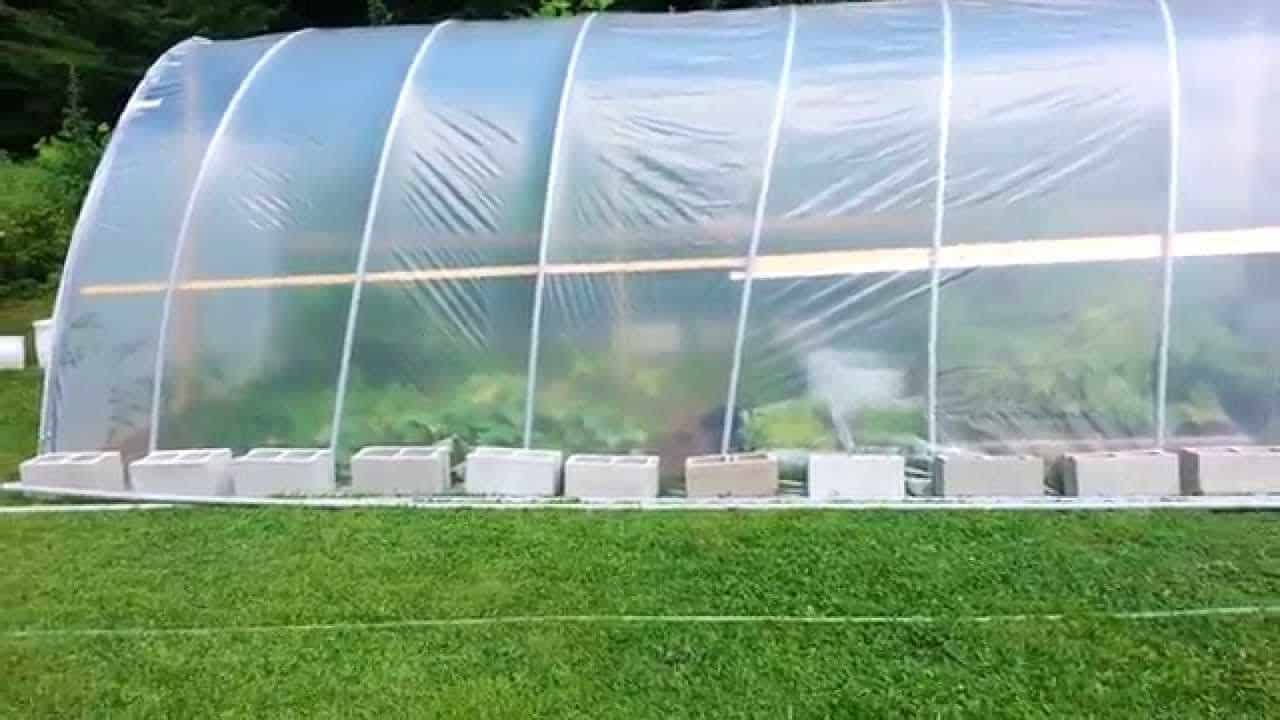
It’s a great idea to build a hoop house for growing vegetables in the spring and fall. But what if you don’t have the money to buy one?
Well, you don’t need to spend a lot of money to build a simple hoop house. You can do this project by yourself.
In this article, we show you how to build a DIY hoop house using scrap wood and PVC pipe.
This project takes about two days to complete.
Step 1: Choose the location
Choose a sunny area where you can grow vegetables. The ideal temperature range is between 50°F and 80°F.
Step 2: Cut the materials
Cut the following items into pieces according to the size of your hoop house.
• 4×6 boards
• 3/8″ plywood
• 12′ lengths of PVC pipe
• Drill bits
• Screws
• Hammer
• Level
Step 3: Assemble the hoop frame
Assemble the frame using screws. Use glue to attach the boards together.
Step 4: Attach the hoops
Attach the hoops to the frame using screws.
Step 5: Cover the frame
Cover the frame with plastic sheeting.
Step 6: Connect the pipes
Connect the PVC pipes using nuts and bolts.
Step 7: Fill the hoophouse
Fill the hoophouse with soil. Plant seeds inside it.
How To Build A Retractable Hoop House Greenhouse
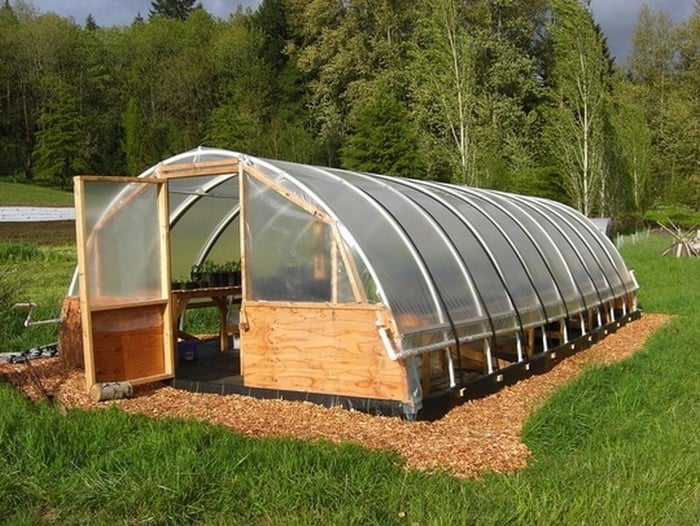
Greenhouses are a great addition to any backyard. They provide a growing space for plants and allow you to grow vegetables year round.
But greenhouses aren’t cheap. And they’re often difficult to install.
That’s where retractable hoop houses come in. These structures are built using standard building materials and can be installed quickly and easily.
Retractable hoop houses are perfect for growing vegetables year round.
Here’s how to build a retractable hoop house greenhouse.
Step 1: Choose a location for your greenhouse.
Choose a spot near your home that gets plenty of sunlight. The area should be flat and level.
It should also be free of trees and shrubs that could damage the structure.
Step 2: Dig a hole for the base of the greenhouse.
Dig a hole about 3 feet deep and wide enough for the base of the structure.
Step 3: Place the foundation.
Lay out the base of the greenhouse on top of the ground. Make sure there is room between the base and the edge of the property.
Use stakes to mark the outline of the greenhouse. Use a string line to measure the distance between stakes.
Step 4: Pour concrete into the base of the greenhouse and let set.
Pour two to three inches of concrete into the base of your greenhouse. Let the concrete dry completely.
Step 5: Add the frame.
Cut four pieces of wood to fit inside the perimeter of the greenhouse.
Attach them together with screws.
Step 6: Cover the frame with plastic sheeting.
Cover the frame with plastic sheet material. This helps protect the structure from rain and snow.
Step 7: Install the roof.
Install the roof over the plastic sheeting.
Step 8: Fill the greenhouse with soil.
Fill the greenhouse with soil. It should be about an inch thick.
Step 9: Plant seeds.
Plant seeds directly into the soil. You may want to plant several different types of seedlings, such as tomatoes, peppers, cucumbers, squash, etc.
You can also use raised beds or containers to grow plants.
Step 10: Water the plants regularly.
Water your plants daily until they begin to sprout leaves. Then water once every other day.
Step 11: Enjoy!
Enjoy your new garden all summer long!
How To Build A Hoop House Style Greenhouse Plastic On A Tight
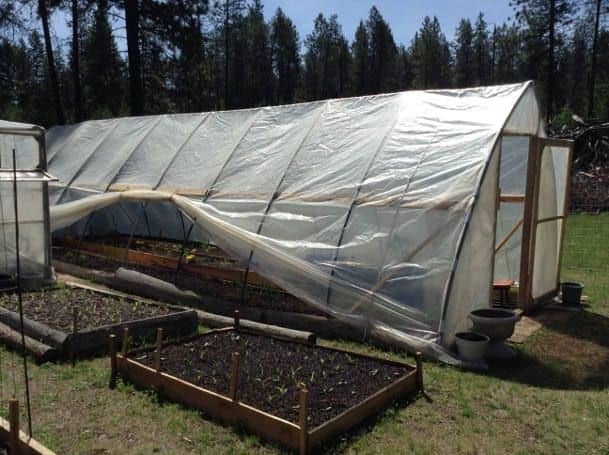
Greenhouses are one of those things that people either love or hate. For many people, the idea of spending money on something that doesn’t actually produce anything seems silly. But for those who enjoy gardening, greenhouses are a must-have item. They provide protection from harsh weather conditions and allow plants to grow without direct sunlight.
But building a greenhouse isn’t cheap. In fact, it can cost thousands of dollars. And most homeowners don’t have access to that kind of cash. Luckily, there are ways to save on materials and labor costs.
Materials
To build a greenhouse, you’ll need wood, nails, screws, insulation, glass panels, and ventilation. These items aren’t expensive, but they do add up quickly. So, what can you do to cut down on expenses?
First, buy used materials. There are plenty of places online where you can find old wooden pallets. Pallet wood is much cheaper than regular lumber, so you can spend less money buying it.
Next, use recycled products. Many companies sell window screens made out of recycled plastic bottles. You can also reuse old windows. Just remember to remove any paint or varnish first.
Finally, consider using bamboo instead of wood. Bamboo is an inexpensive material, but it does require special care. If you want to learn more about this option, check out our article on bamboo fencing.
Everything You Need to Know About Hoop House
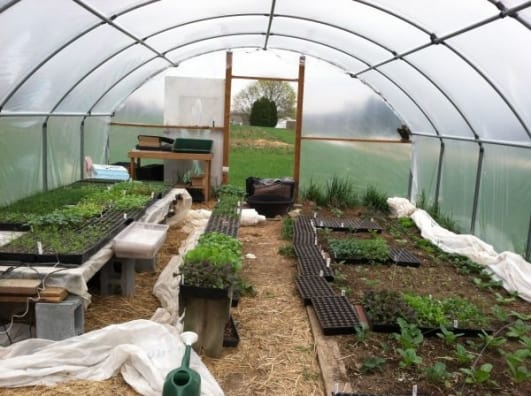
A hoop house is a greenhouse made out of hoops. The hoops are usually made out of metal, wood, clear plastic, or fiberglass. They are used to protect plants from heat, cold, wind, rain, snow, insects, and diseases.
Hoops houses are typically used to grow vegetables and flowers. They are often used to grow tomatoes, peppers, cucumbers, melons, squash, eggplants, pumpkins, watermelons, onions, garlic, lettuce, spinach, kale, broccoli, strawberries, herbs, and many other types of crops.
There are two main types of hoops houses: hoop houses and tunnel houses. A hoop house is a structure where the hoops are attached to each other to form a roof over the growing area. This allows air to flow freely into the space. A tunnel house is similar to a hoop house, except there are no walls. Instead, the hoops are connected together to create a tube shape.
Hoops houses come in different sizes. Some are large enough to hold up to three rows of crops. Others are smaller and can fit one row of crops. The size of the hoop house depends on what type of crop you plan to grow inside.
Hoops houses can be built using either permanent or temporary materials. Permanent materials include steel, aluminum, and concrete. These materials are heavy and difficult to move. Temporary materials include wooden frame covered with canvas or clear plastic. These materials are lighter than permanent materials, so they are easier to transport.
Hoops houses should be constructed in an open field. If you live near trees, bushes, or grassy areas, these things could block sunlight from reaching the crops. Also, if you live near a river, pond, lake, or ocean, you may need to construct a fence around the hoop house to prevent pests from entering the structure.
The most important part of building a hoop house is choosing the right location. Make sure that the location has adequate sunlight. It should also be located away from any sources of pollution such as power lines, gasoline stations, and chemical factories.
Once you choose a good location, you must decide whether to build a hoop house using permanent or temporary materials. If you use a permanent material, you will have to dig holes for posts every year. However, if you use temporary material, you do not have to worry about digging holes for posts.
After you determine which type of material you want to use, you must decide whether you want to build a single-layer or double-layered hoop house. Single-layer hoop houses are cheaper than double-layered ones. However, they provide less protection against pests and weather conditions. Double-layered hoop houses are more expensive, but they offer better protection against pests and weather.
When it comes to construction, you must first lay down some sort of base layer. This includes soil, sand, gravel, or cement. Next, place the bottom row of hoops on top of this base layer. Then, add another layer of hoops above the first set of hoops. Continue adding layers until you reach the desired height.
To finish off the structure, you must cover the hoops with a waterproof membrane. This helps keep moisture out of the hoop house. After you complete the hoop house, you must install vents to allow air to enter the structure. Finally, you must install a door frame at the entrance of the hoop house.
Hoop House Plans That We Love
We will provide you with lots of ideas to building your very own DIY hoop house.
Homemade Row Covers Garden

A homemade row cover garden is a great way to create a miniature garden without any hassle. All you need is some plastic sheeting, which can be purchased from any hardware store. Then, you need to follow the instructions on the package and cut out the holes in the plastic sheet.
Next, fold up the plastic sheet and secure it with some heavy-duty staples. Then, set up your hoop house by placing the hoop in the center of the plastic sheet.
Learn more about mini greenhouse.
The Finished Hoop House
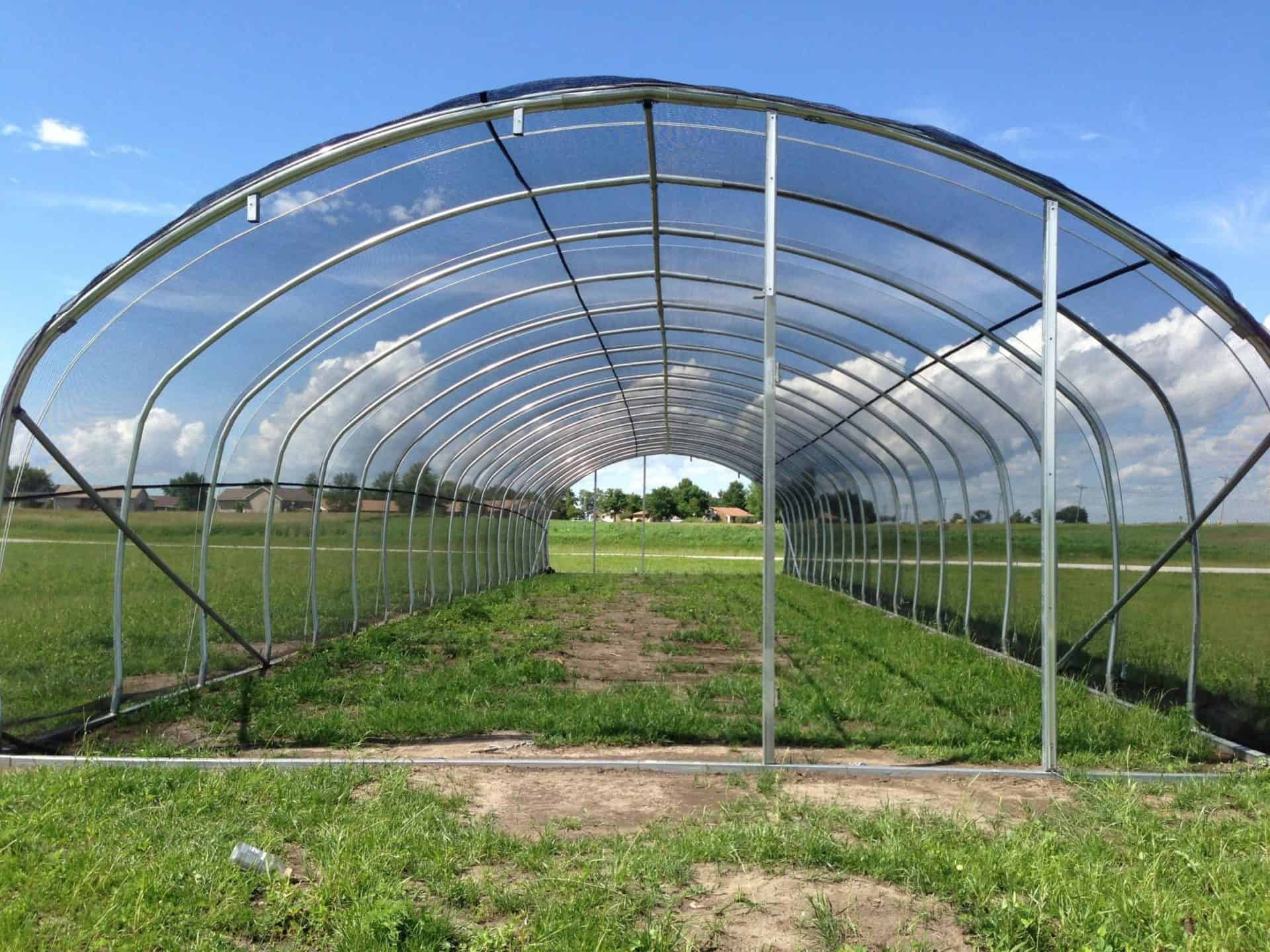
With the end of the summer season fast approaching, we are in the midst of a busy season of vital adjustments to our crops. As our crops begin to expire, we encourage all gardeners to make use of some of the techniques they know to save on water and reduce inputs.
One such technique is the hoop house. Hoop houses are a great option for many homeowners who don’t have a large amount of space attached to their gardens for hoop-house production.
DIY Greenhouses With Free Plans
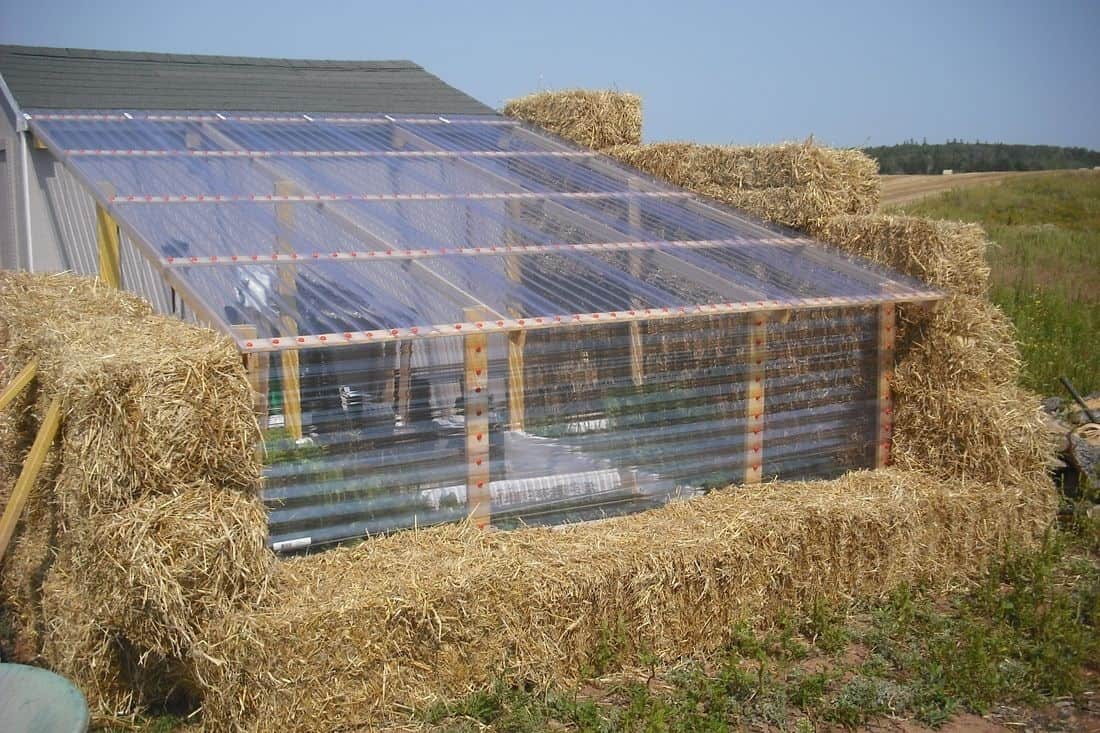
DIY greenhouses have been around since the beginning of civilization. They were first made from clay and then later wood. Today, many people use clear plastic or fiberglass.
-Greenhouses are great because they allow plants to grow in areas where they would not normally thrive.
-They are also easy to build and inexpensive.
-You do need to know how to work with tools like hammers and nails.
-There are many different types of greenhouses. You can choose between a hoop house and a tunnel greenhouse.
PVC Hoop House Plans
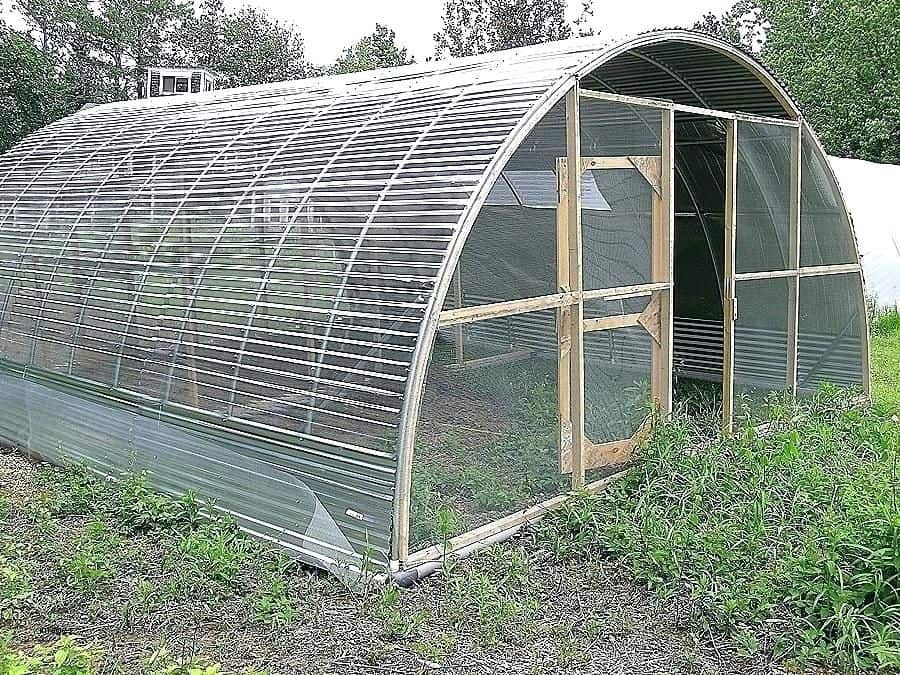
A hoop house, has been defined as being anything that is round and constructed out of PVC. They are simple, cost-efficient, effective, sustainable, and a fantastic way to grow food without the use of soil! With a lowly cost of construction and maintenance, these houses can be erected within a week.
A PVC hoop house is one of the most cost-effective technology to successfully increase the yield and quality of your food production. With no need for soil or pesticides, they have proven to help overcome the obstacles posed by space limitations.
Tiny Hoop House Plans

Many are the times when you want to make something in your backyard, but you find your children bored. You do not want them to play alone in the backyard, but at the same time, you do not want them inside their room either.
This is when the ultimate answer is a tiny hoop house plan. In a hoop house, you can train your children how to play football and cricket or other sports indoors. You can even let them run around while you are working on your next gardening project. This will not only boost an outdoor activity, but it will provide a unique environment for your children as well.
PVC Cold Frame Hoop House
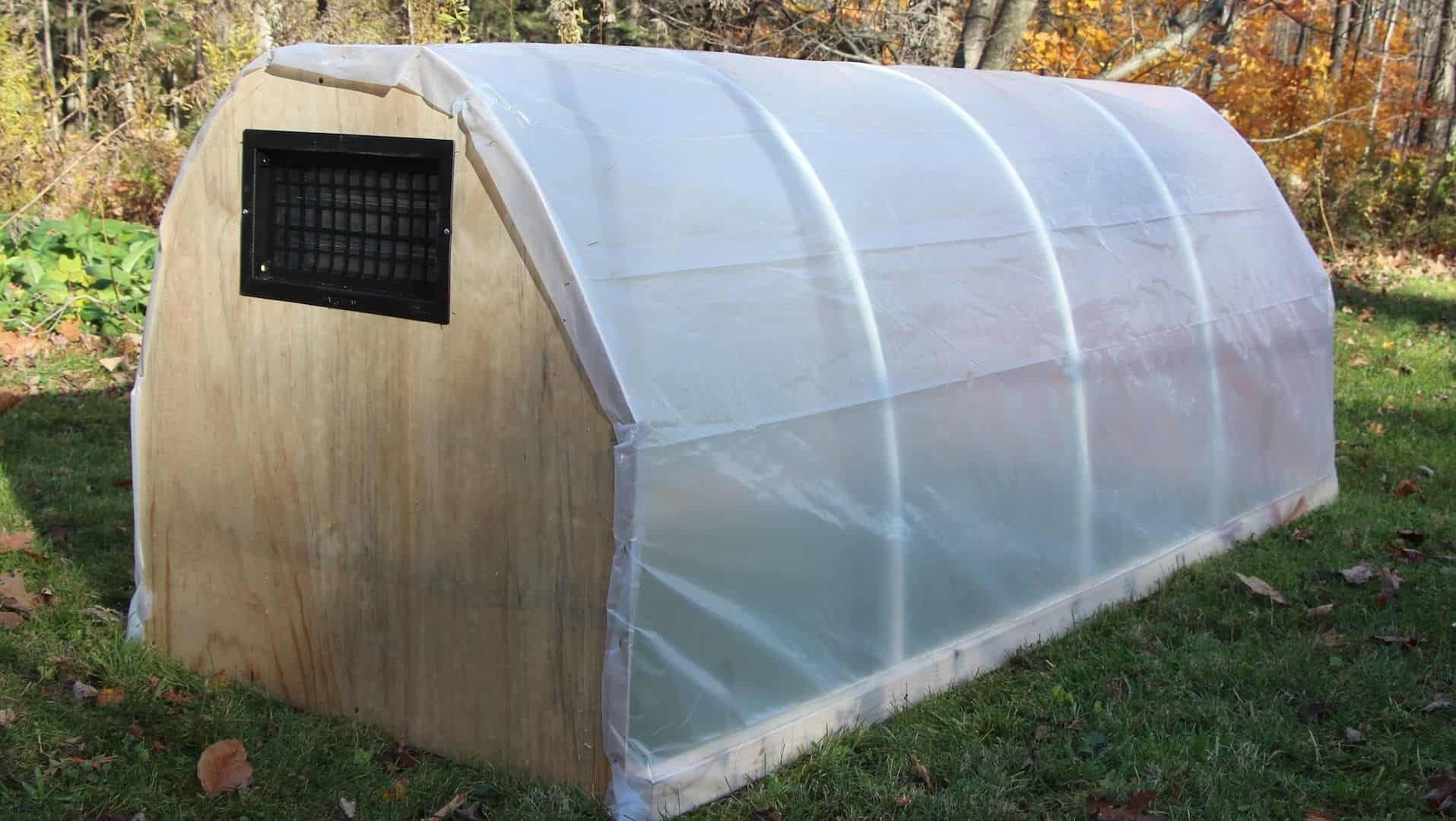
A cold frame is an inexpensive, but efficient prefabricated hoop house that has the capacity to hold crops throughout the year. Several hoops are bolted together and covered with an earth floor, which protects you from frost in winter and heat in summer.
With the right supplies, this simple structure can be built at home easily, which can be used to grow vegetables like Squash, Cucumber, and Courgettes.


PVC Hoop House Polytunnel
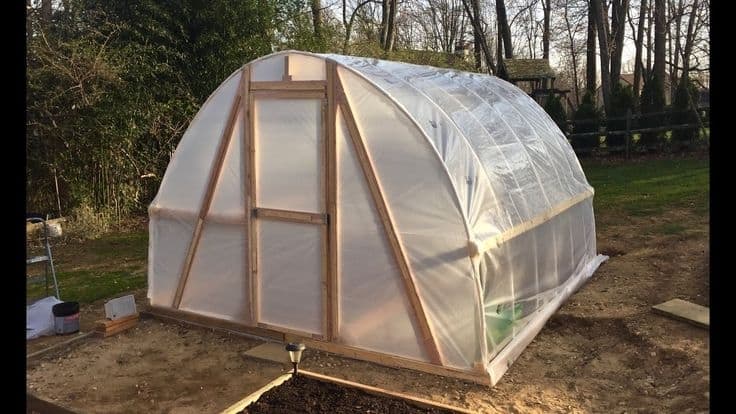
A simple but highly effective structure, a PVC hoop house is easy to construct and an excellent way to get started growing fresh fruits and vegetables. Should you want to make your own hoop house, this post will cover the basics of PVC hoop house construction.
Conclusion
Building a hoop house is an exciting project. It will give your garden a boost and allow you to grow some delicious vegetables. The best part? You won’t break the bank doing it.
